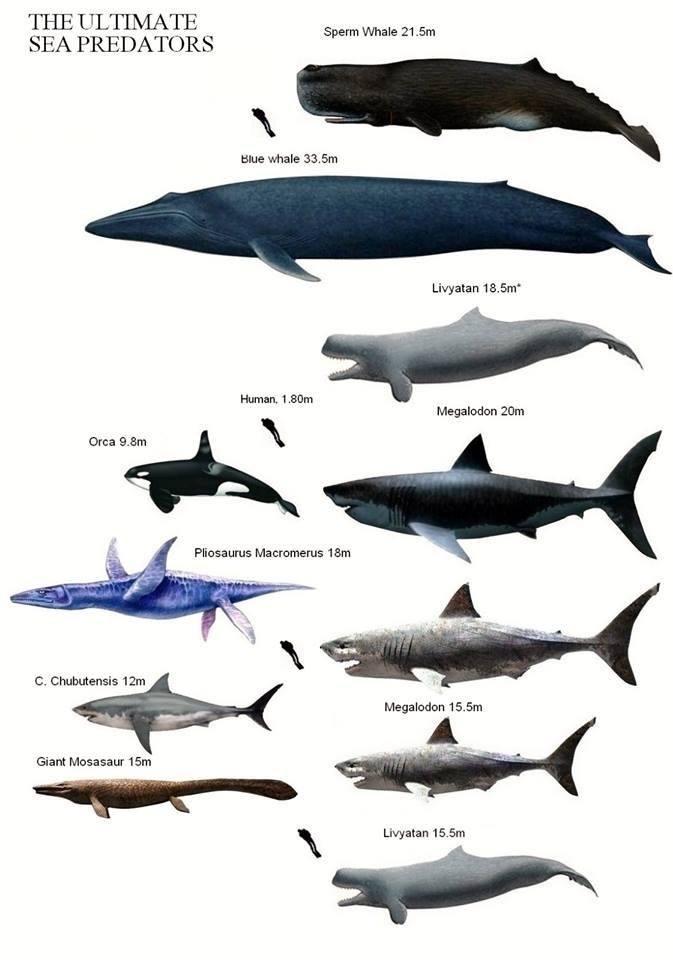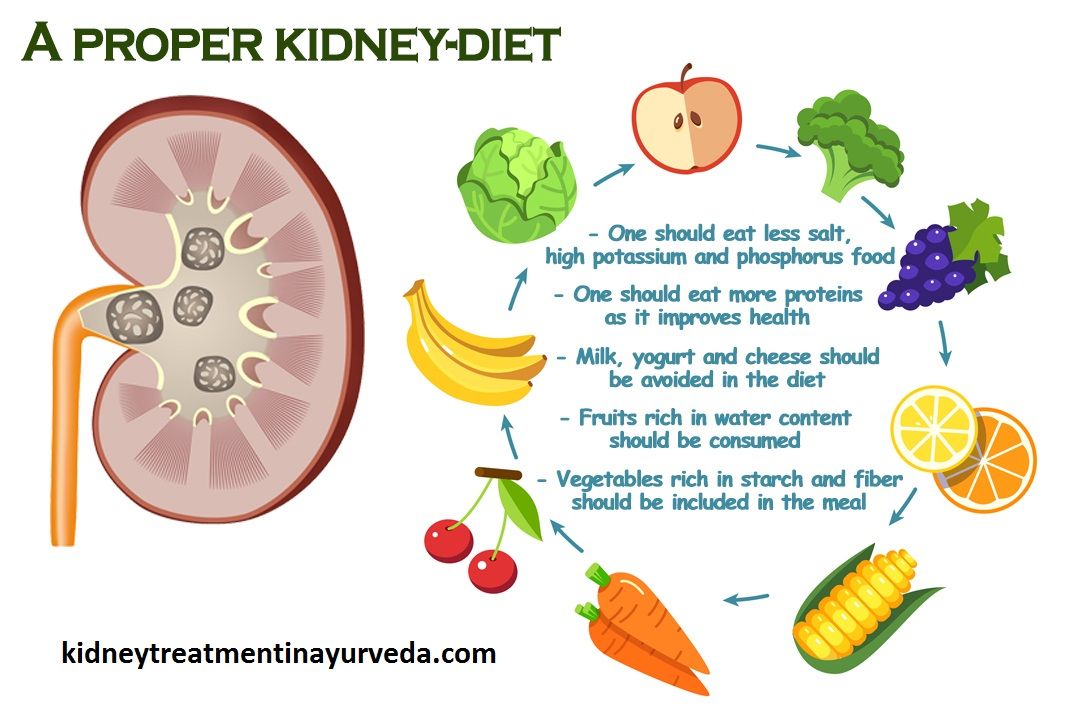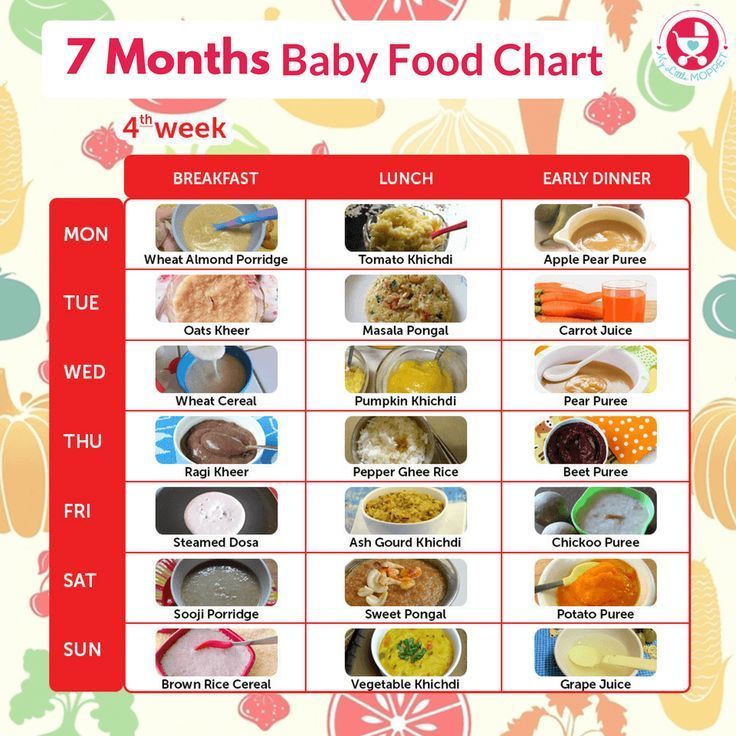Sperm whale feeding baby
Here's the first ever footage of a baby sperm whale nursing from its mother
We know that mammals feed their young with milk from their own bodies, and we know that whales are mammals. But the logistics of how some whales make breastfeeding happen has been a bit of a mystery for scientists. Such has been the case with sperm whales.
Sperm whales are uniquely shaped, with humongous, block-shaped heads that house the largest brains in the animal world. Like other cetaceans, sperm whale babies rely on their mother's milk for sustenance in their first year or two. And also like other cetaceans, a sperm whale mama's nipple is inverted—it doesn't stick out from her body like many mammals, but rather is hidden inside a mammary slit.
Most whale and dolphin babies nudge the mammary slit to expose the nipple, allowing them to "suckle." A sperm whale baby's head and mouth aren't really designed for suckling in the traditional sense, obviously, as its massive nose protrudes over its much smaller lower jaw. But even in the whale sense of mom shooting milk into a baby's mouth, it's been unclear how it works for sperm whales due to their oddly shaped heads. Photos and observations have led researchers to believe that the mother whale expresses milk into the water for the baby to ingests outside of her body, but the real mechanics haven't been clearly understood.
With the proliferation of underwater photography and filmography, it may seem strange that we don't have more nursing whale evidence to examine, but because baby whales can't breathe and nurse at the same time, nursing events are usually quite short. Even being in the right place at the right time to observe a whale nursing is rare, much less capturing it on film.
A new four-part documentary series from National Geographic has provided, for the first time, film footage of a sperm whale baby nursing. It shows how the baby actually inserting its lower jaw into the mother's mammary slit, and the milk—which contains ten times more fat than human milk and is the consistency of yogurt—shooting directly into the baby whale's mouth.
Sperm Whale Suckles | National Geographicwww.youtube.com
The documentary series containing this footage, "Secrets of the Whales," was conceived of by National Geographic Explorer and photographer Brian Skerry and follows the stories of five different whale species—narwhals, humpbacks, belugas, sperm whales, and orcas. It was filmed in 24 locations around the world and took three years to make. Produced by award-winning filmmaker and conservationist James Cameron (of "Titanic" and "Avatar" fame) and narrated by award-winning actress and conservationist Sigourney Weaver, the series is sure to please whale lovers and nature lovers alike.
In addition to sperm whale babies breastfeeding, the docuseries shows how beluga whales name themselves so groups can keep track of each other, how baby belugas share their moms' call signs, how 30,000 humpbacks travel together from Australia to Antarctica and use breeches to talk to each other, and how a beluga pod adopted a narwhal into their bod—apparently the first ever cross-species adoption ever recorded.
Executive Producer James Cameron called the series a "challenging, daunting project" in a SXSW Conference panel last month."It's also so important for people to understand and for this film to illuminate how these creatures think, how they feel, what their emotion is like, what their society is like," he said, "because we won't protect what we don't love."
The series premiers on streaming service Disney+ on Earth Day, April 22.
Secrets of the Whales | Official Trailer | Disney+www.youtube.com
The filmmakers hope that by sharing with people the unique identities of the whales they followed, they can inspire people to think about how these magnificent mammals can be better protected.
"It's inescapable that they're being poisoned by us, that they're being deafened by us, or their behaviors, all of their feeding strategies and mating strategies and reproductive strategies are being dismantled by all of this noise from shipping channels and military sonars and all that," Cameron said. "They're going to continue to decline. The right whales are down to about 300…We barely understand these animals, so I think we have to, as a society, we have to think about doing it better."
"They're going to continue to decline. The right whales are down to about 300…We barely understand these animals, so I think we have to, as a society, we have to think about doing it better."
Indeed we do.
How Do Whales Drink Milk Underwater?
Written by Heather Hall
Updated: October 12, 2022
© Achimdiver/Shutterstock.com
More Great Content:
↓ Continue Reading To See This Amazing Video
Key Points:
- Whales are mammals and nurse their young just like cats and dogs.
- Instead of sucking the milk in, like other mammals, the mama whale pushes the milk out to the baby whale.
- Whales nurse their young from 1-3 years.
When you think of a mammal nursing its young you may picture a dog nursing her puppies or a mother fox nursing her kits. You may even imagine a baby giraffe getting milk from its mother. But do you ever envision a baby whale nursing its mother way out in the ocean? Just like those animals mentioned above, whales are mammals too. And yes, a mother whale nurses her baby. This brings up a basic and practical question: How do whales drink milk underwater?
And yes, a mother whale nurses her baby. This brings up a basic and practical question: How do whales drink milk underwater?
Keep reading to find out how a mother whale is able to feed her baby underwater. Also, learn how long whales nurse their young, the special nutrients in a whale’s milk, and just how big a newborn whale can be!
How Do Whales Drink Milk Underwater?
A baby whale starts nursing immediately after it’s born. The natural instincts of a baby whale combined with scent help it to know where to nudge its mother when it’s hungry for milk. A mother whale has what are called mammary slits. These are folds of skin that protect the feeding glands or nipples, of a mother whale. A baby whale nudges this area when it is ready to drink milk.
Here’s how whales drink milk underwater: Instead of sucking the milk out of its mother’s feeding glands, the mother injects the milk into her baby’s mouth. She is able to accomplish this by squeezing special muscles around her feeding glands.
Other mammal babies like kittens and puppies nurse by drawing the milk out through their mother’s nipples. A mother whale does the opposite. She pushes the milk into her baby’s mouth instead of the baby drawing the milk out. This pushing action done by female whales is what makes it possible for a baby whale to take nourishment underwater.
A Humpback Whale with her calf in the Pacific Ocean. A humpback whale baby is weaned at around seven months when it begins to eat small fish and other sea creatures.©Imagine Earth Photography/Shutterstock.com
How Does a Baby Whale Avoid Taking in Water as It Nurses?
While nursing underwater, you may wonder how a baby whale can take in its milk without taking in a lot of seawater right along with it. The reason a baby whale is able to nurse without taking in water has to do with its tongue. A baby is able to curl its tongue into a tube-like shape that fits with its mother’s feeding gland, or nipple. This unique fit doesn’t allow anything but milk to go into a baby whale’s mouth.
How Long Do Baby Whales Nurse?
The answer to this question varies among whale species. A toothed whale may nurse her baby anywhere from one to three years.
Alternatively, a bowhead whale continues nursing her baby for six to twelve months. A beluga whale calf nurses from its mother for 20 months to two years.
Some female whales only reproduce every two years while others reproduce every five years. This makes it possible for a mother whale to continue nursing her baby for an extended period of time.
Why is a Mother’s Milk So Important to a Baby Whale?
The milk of a mother whale contains a lot of fat. In fact, some whale milk has 35 to 50 percent fat. This high-fat content is important to the survival of a baby whale. The fat supplies a baby whale with the energy it needs to continually move through the water with its mother.
A mother’s milk helps a baby to develop a thick layer of blubber that will keep it warm in cold ocean waters. In addition, milk is important for bone development, and it gives a baby whale the nutrients it needs to nurture a healthy immune system.
©Christopher Meder/Shutterstock.com
When Are Baby Whales Weaned?
Once again, the answer to this question depends on the species of the whale. A humpback whale baby is weaned at around seven months. It begins to eat small fish and other sea creatures. Alternatively, a beluga whale baby starts to eat solid food at around 12 to 18 months old.
Keep in mind that despite being able to eat small sea creatures, most baby whales continue to nurse as well. The nutrients of its mother’s milk along with solid food add to the strong development of a baby whale.
UP NEXT…
- How Long Can Whales Hold Their Breath? Do you wonder how they stay under the water for so long?
- 10 Incredible Sperm Whale Facts. Here is everything you want to know about a sperm whale.
- 10 Incredible Killer Whale Facts. The incredible killer whale has so many interesting facts!
Up Next:
- Rare Footage Shows How Killer Whale Packs Devastate Great White Sharks
- Watch a ‘Moby-Dick’ Sperm Whale Battle and Devour a Giant Squid
- Watch: Humpback Whale Saves a Diver from Massive Tiger Shark
More from A-Z Animals
The Featured Image
Whales Drink Milk Underwater© Achimdiver/Shutterstock. com
com
Share this post on:
About the Author
Heather Hall
I am a freelance writer with 22 years of experience. I live in the Pacific Northwest and am surrounded by nature. When I go for my daily runs I often see herds of elk, deer, and bald eagles. I am owned by two dogs who take me on hikes in the mountains where we see coyotes, black bears, and wild turkeys.
FAQs (Frequently Asked Questions)
How many babies does a mother whale have at one time?
A mother whale has one baby at a time. This makes sense because a mother whale is only able to nurse one baby.
What is the gestation period of a whale?
The gestation period of a whale can be 9 months all the way up to 17 months. It all depends on the type of whale you’re talking about.
For instance, a sperm whale is pregnant for around 590 days, which adds up to 19 months. Alternatively, a bowhead whale’s gestation period lasts 13 or 14 months.
What is in a mother whale’s milk?
A mother whale’s milk is filled with nutritious fat and protein. This milk allows a baby whale to gain hundreds of pounds each day to form a thick layer of blubber. This blubber is absolutely necessary for its survival.
A blue whale baby gains about 200 pounds per day by feeding on its mother’s milk.
Where does a mother whale swim when her baby is nursing?
When a baby whale nudges its mother to let her know it is hungry, the mother swims near the surface of the water. She does this so her baby can nurse and take a breath above the surface whenever it needs to. Being a mother whale is a full-time job!
What is a baby whale called?
A baby whale is called a calf. A mother whale is known as a cow and a male whale is a bull.
How big is a newborn baby whale?
As you may have guessed, baby whales of all species are large. Of course, some are larger than others.
It’s not unusual for a newborn blue whale to measure 23 feet with a weight of 5,000 to 6,000 pounds. Bear in mind that an adult blue whale is around 90 feet long and weighs 100,000 pounds or more.
On the other end of the spectrum, a newborn beluga whale weighs from 119 to 140 pounds and is around five feet long. In the world of whales, belugas are considered small.
Thank you for reading! Have some feedback for us? Contact the AZ Animals editorial team.
Mother blue whale feeds her calf
The video shows the feeding of a blue whale for the first time. This subspecies of a marine animal, Balaenoptera musculus brevicauda, although it belongs to the dwarf species, is still quite large - it reaches 24 m.
territory of the Russian Federation.
What does spring smell like?
Julia Skopich
February 27, 2023
11 185
What does spring smell like?
Summer smells of flowers, autumn - of fallen leaves, winter - of freshness and frost. What about spring? "My Planet" found out what smell actually makes us take a deep breath
What about spring? "My Planet" found out what smell actually makes us take a deep breath
"Third time" wine and Caesar's fly agaric: what they ate in Antiquity
Olga Fadeeva
February 26, 2023
25 902
Wine of the "third time" and Caesar's fly agaric: what did they eat in Antiquity
Parrot fish, peacocks, storks, oyster bread, hippos and even ... hippopotamuses. How and what did the ancient Romans and Egyptians eat?
Why is the fat content of milk not measured in even numbers?
Julia Skopich
February 24, 2023
11 176
Why is the fat content of milk not measured in even numbers?
Where did milk get 3.2% fat and why does cream have this value - 10%, 15%, 20%? "My Planet" learned from a food production technologist
The oldest leather shoe discovered in Britain
February 27, 2023
Guest houses are legalized in Russia. What will change for tourists and hoteliers?
What will change for tourists and hoteliers?
February 27, 2023
A werewolf dolphin and a dying whale: the best underwater photos of 2023
February 27, 2023
Jeans with an airbag: unusual clothes invented in Sweden
February 26, 2023
The largest plants in the world: top 10
The lowest temperature on Earth
The rarest animals: top 15
Great Pacific Garbage Patch
The largest islands in the world: top 10
The saddest fish on earth: blobfish
Pine nuts: interesting facts, benefits and harms, cooking recipes
A rare video shows how whales feed their cubs
Scientists filmed a rare video of female humpback whales feeding their babies with milk
Using special cameras and drones, scientists filmed a rare video of female humpback whales feeding their babies with milk. It is reported by portal ScienceAlert citing University of Hawaii website.
Whales are known to be mammals and feed their offspring with milk. It is very difficult to observe this process, since whales are very large animals that can move around the entire oceans. Thanks to cameras that were able to attach to the body of animals, scientists from the University of Hawaii, Stanford and California filmed how humpback whales feed their cubs.
Each year, female humpback whales give birth to their calves in the warm, shallow waters of the Hawaiian archipelago and for some time (January to March) nurse their cubs before their long migration to Alaska. The research team wanted to know how often and for how long baby whales feed in order to be strong enough for spring migration. Special cameras were attached to seven humpback whale calves using suction cups. The team also used drones to watch the whales from above. As scientists note, they managed to get unique and rare footage that allows them to study the process of feeding humpback whales. Experts hope that the findings will help to learn more about the life of these incredible animals.
The research team wanted to know how often and for how long baby whales feed in order to be strong enough for spring migration. Special cameras were attached to seven humpback whale calves using suction cups. The team also used drones to watch the whales from above. As scientists note, they managed to get unique and rare footage that allows them to study the process of feeding humpback whales. Experts hope that the findings will help to learn more about the life of these incredible animals.
Previously, the University of Hawaii filmed an unusual way of feeding humpback whales.
Photo: UH Mānoa Marine Mammal Research Program/NOAA
Materials from Facebook and Instagram Internet resources, owned by Meta Platforms Inc., may be used on the site, banned in the Russian Federation
Tell a friend
-
Shutterstock
Who considers themselves smarter - men or women: a study
-
Richard D.












